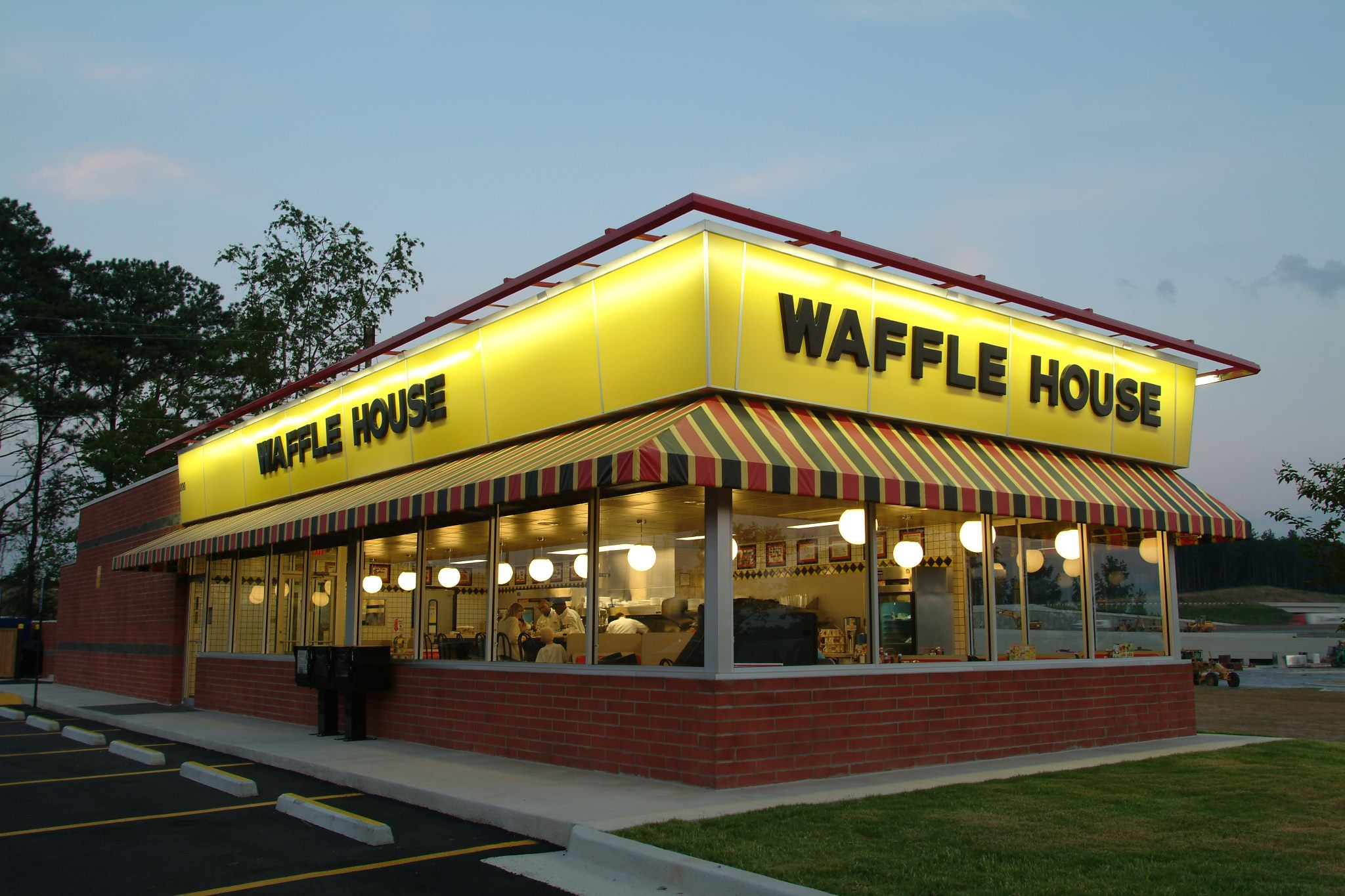We’ll be taking a look at the “Waffle House Index,” but first a hurricane update.
On Friday morning Hurricane Dorian made landfall on the Outer Banks in North Carolina, lashing the coastline. Fortunately the storm already had weakened as it shifted to the northeast, largely sparing the Southeastern states, although leaving behind considerable devastation and loss of life in the Bahamas.
According to CNN, a man in Jacksonville, Florida took direct action, purchasing 100 generators for shipment to the Bahamas.
A man walked into a Costco in Florida and left with 100 generators, all of which are heading to The Bahamas. His receipt read $49,285.70 and most of that came from paying $450 a pop for 100 generators. Peas, beans, coffee, salt, pepper and other essentials made up the rest of his mega purchase from a Costco in Jacksonville, Florida, on Wednesday. All of it is going to those in need on the hard-hit islands of Grand Bahama and Abaco, he said.
It’s a reminder to all to do the research, choose the organization and make a donation to the various relief efforts. It needn’t be $50K from one of us; $50 from many of us can do a world of good.
Turning to the Waffle House Index, it’s a real thing. USA Today profiled the restaurant chain’s preparations for Hurricane Dorian, which followed a playbook developed over decades. The foundation is familiarity with operations and procedures.
“The great thing about our system is we try to be consistent across the nation. If you know how to run a Waffle House in Mississippi, you can run one in South Carolina, because all the systems are the same.”
Then Waffle House’s management puts in the hours.
Preparations for the storm typically start days before it’s expected to hit. At the Waffle House headquarters in Norcross, Georgia, a team of executives will activate the “Waffle House Storm Center” – a conference room in the building that suddenly turns into a military-level operations room filled with company engineers, restaurant operators, food safety experts, meteorologists and more.
The Waffle House Storm Center serves to concentrate information about needs and amass the information necessary to get the company’s restaurants open again, often remarkably quickly.
Waffle House restaurants are often used to gauge the magnitude of disasters in the Southeast: If a store is open, your community has been spared. If the store is open but has a limited menu, you’ve probably gotten some damage. If the store is completely closed, you’re in a disaster zone.
Why does it matter? The Federal Emergency Management Agency (FEMA) explained in 2011: “The sooner restaurants, grocery and corner stores, or banks can reopen, the sooner local economies will start generating revenue again—signalling a stronger recovery for that community.”
Photo credit: Waffle House Facebook





















